Trusted Chimney Inspection Service for Safe and Efficient Heating
Regular chimney inspections are essential to ensure the safety and proper functioning of fireplaces and chimneys. They help identify potential issues before they become costly repairs or safety hazards.
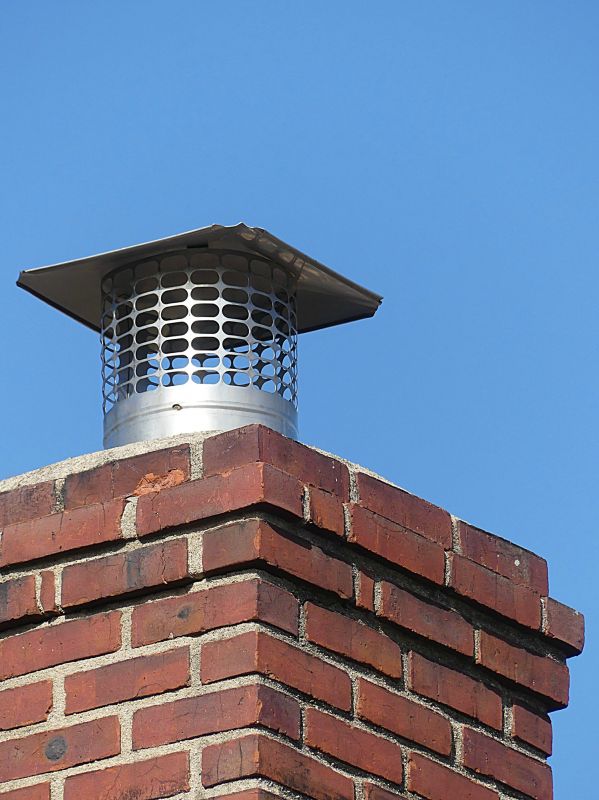
A chimney cap prevents debris, animals, and water from entering the chimney, protecting its internal components.
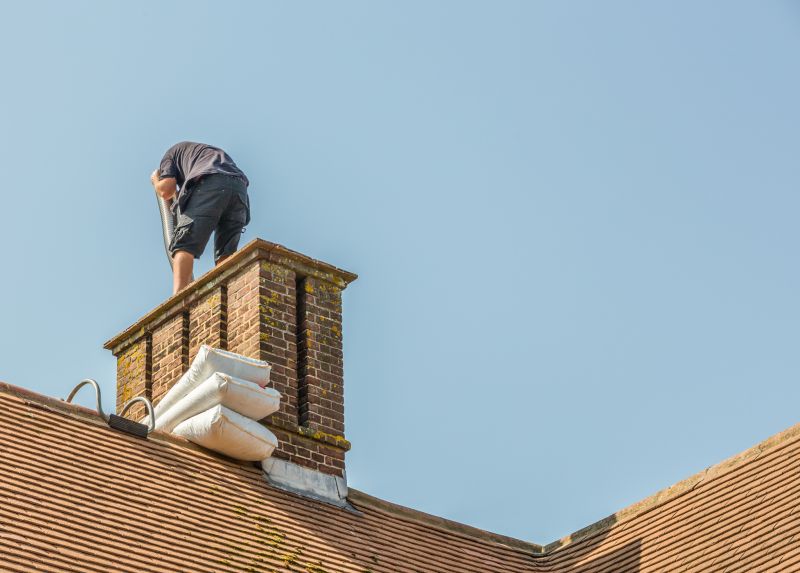
The liner safeguards the chimney walls from heat and corrosion, ensuring safe venting of smoke and gases.
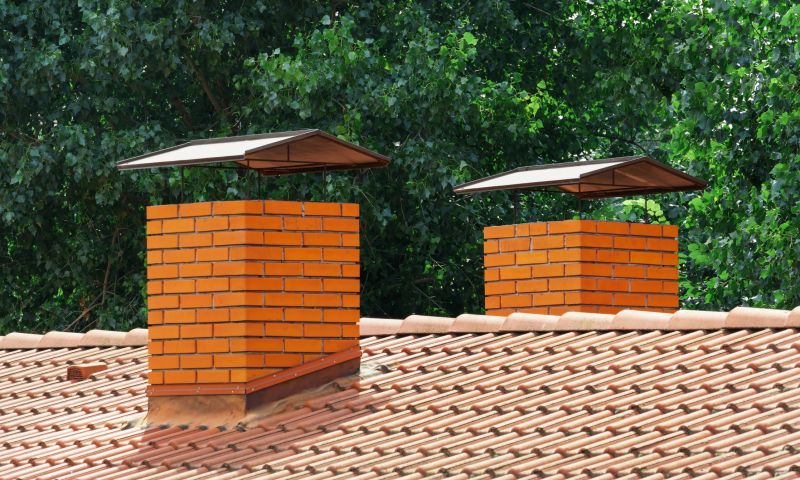
The damper controls airflow and should operate smoothly to regulate the fireplace's efficiency.
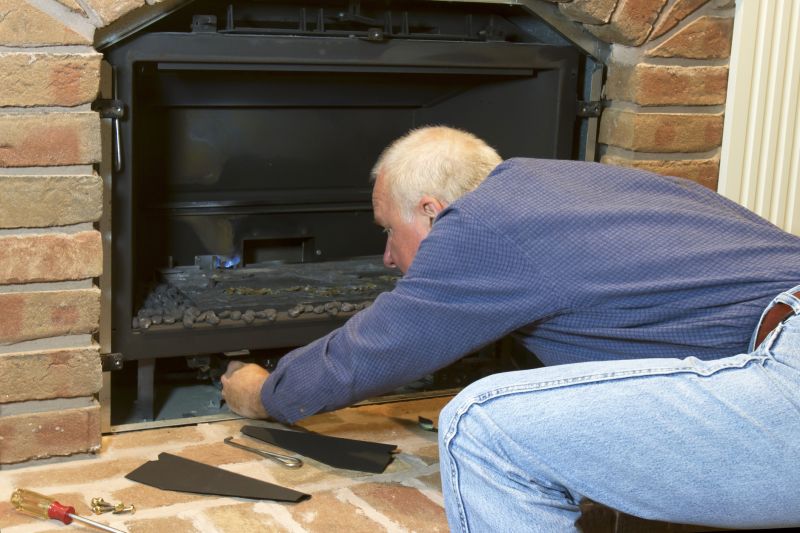
Ensuring the flue is clear and properly functioning helps prevent smoke backdrafts and carbon monoxide buildup.

A well-maintained crown prevents water infiltration and structural damage.
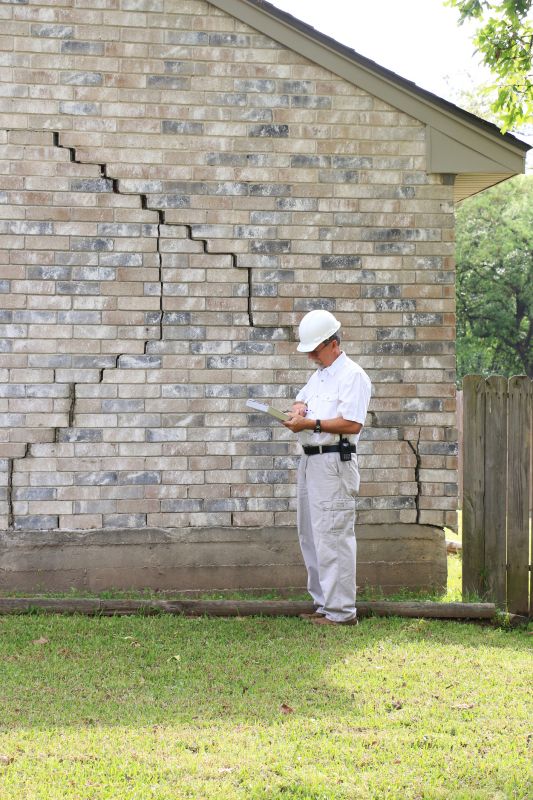
Inspecting the exterior for cracks or deterioration helps maintain overall chimney integrity.
The importance of chimney inspection lies in identifying issues such as blockages, cracks, or deterioration that could compromise safety. A damaged chimney can lead to smoke leaks, fire hazards, or carbon monoxide poisoning. Proper inspection ensures all components, including the chimney cap, liner, damper, and crown, are functioning correctly.
Components like the chimney cap prevent debris and animals from entering, while the liner protects the chimney walls from heat and corrosion. The damper regulates airflow, and the crown shields the structure from water damage. Regular inspection of these parts helps maintain safety and efficiency.
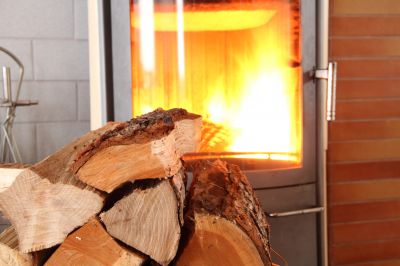
A traditional wood burning fireplace with a well-maintained chimney.

Open damper allowing proper airflow for efficient burning.
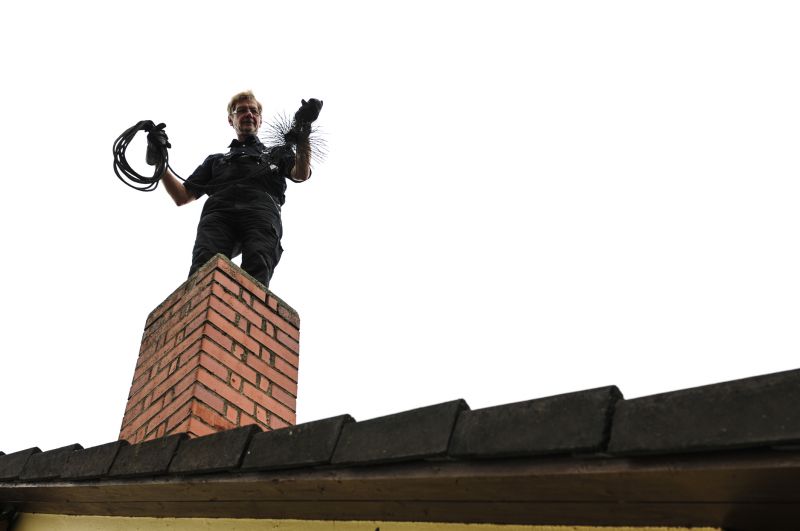
Detailed view of a clean, intact chimney liner.

Protective cap installed at the top of the chimney.
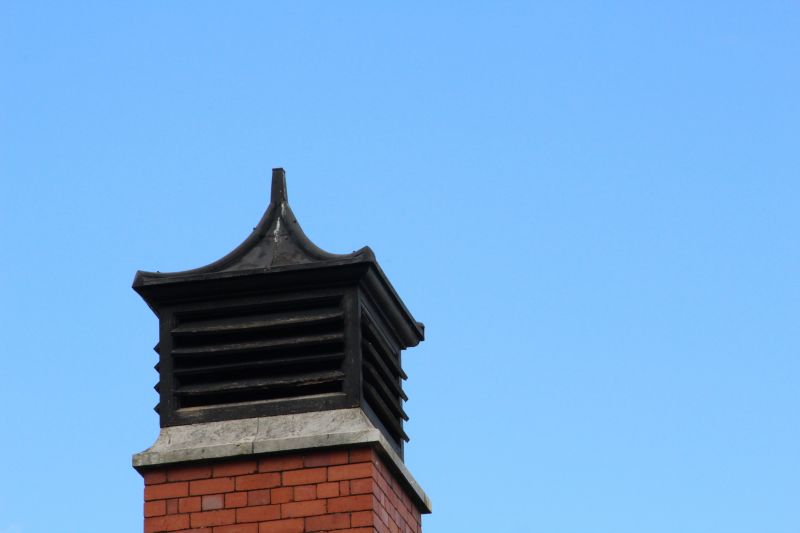
Damaged crown showing signs of deterioration.
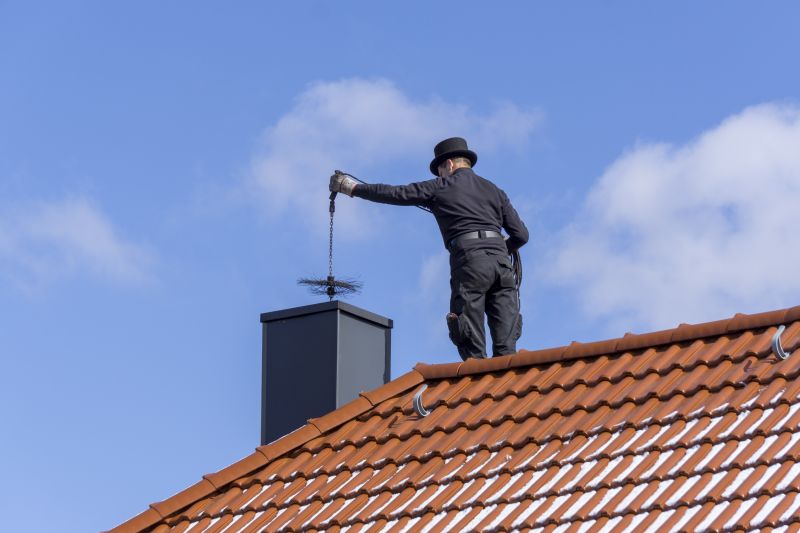
A fireplace with a clear, unobstructed flue.
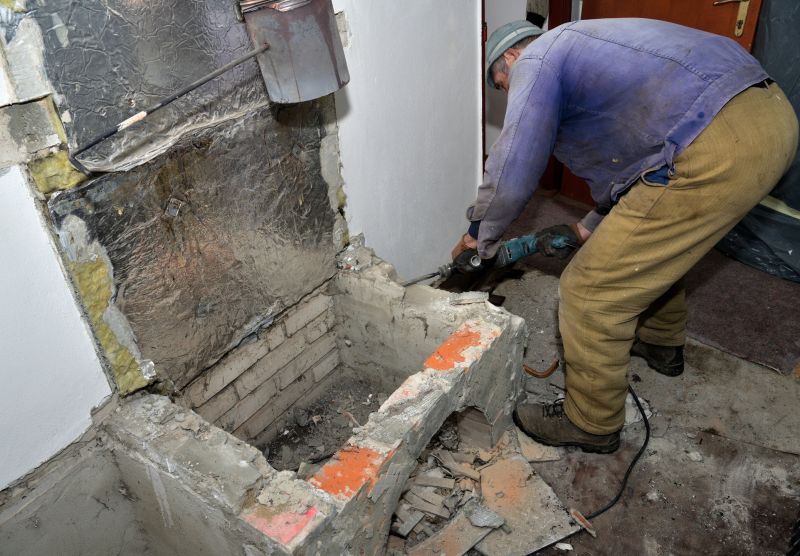
Exterior chimney with minimal vegetation growth.

Professional inspecting the chimney system.
Properly functioning chimneys and fireplaces are vital for safe operation. Regular inspections can reveal issues like blockages, deterioration, or damage that could lead to fire risks or harmful emissions. Addressing these problems promptly maintains safety and efficiency.
If a chimney or fireplace is not inspected regularly, there is a risk of smoke leaks, carbon monoxide buildup, or chimney fires. Addressing potential hazards early helps prevent dangerous situations and ensures the fireplace operates as intended.
Using a professional chimney inspection service helps identify problems such as creosote buildup, cracked liners, or damaged caps. Maintaining these components ensures safe, efficient operation of wood burning fireplaces.
Contact this service through the provided form to receive a detailed quote for chimney inspection. Ensuring the safety and functionality of a chimney is a proactive step toward secure and efficient heating.
